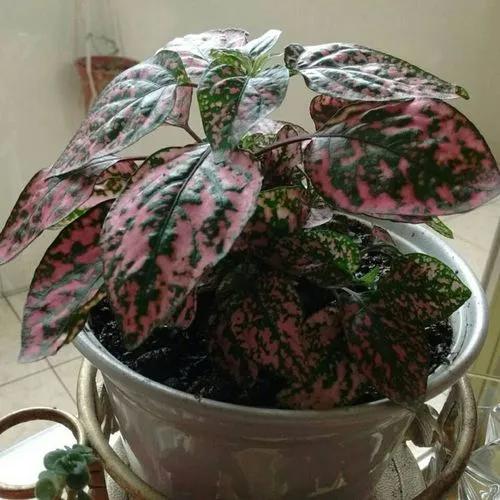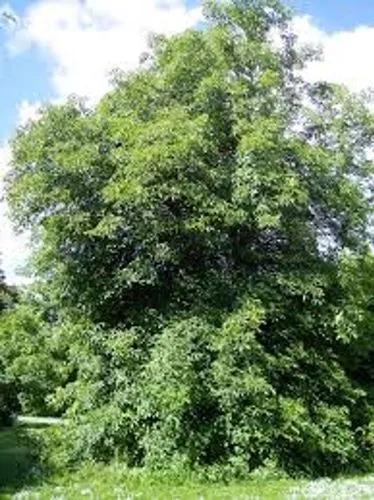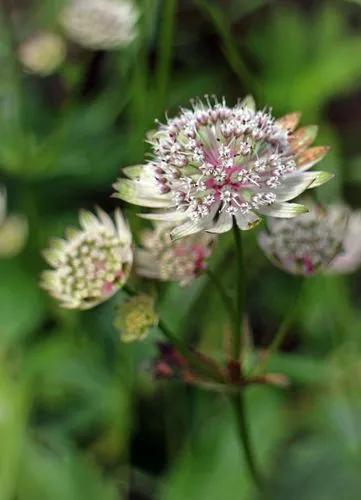Orobanche minor is not a highly invasive plant but its introduction could result in a significant impact on certain crop species, especially forage legumes and tobacco.
Common Broomrape Care
Orobanche minor



Orobanche species are obligate parasites on the roots of various host plants and lack any chlorophyll. After germination and attachment to a host root, a tuberous 'nodule' develops, usually covered in 'crown roots', short roots up to 1-2 cm long of uncertain function. Some weeks after germination and development, the shoot erupts from this tuberous mass. In O. minor the stems are un-branched, yellowish-brown, often tinged with purple, generally 30-50 cm tall but sometimes exceeding 100 cm (especially in Ethiopia), glandular-villous or nearly glabrous. Leaves are represented by alternate brown scales, ovate to lanceolate, acuminate, 6-20 mm long. The inflorescence is an elongated spike, 10-30 cm long (longer in very large specimens) occupying about half the mature stem. Flowers are sessile, arranged spirally, each subtended by a single narrow, ovate-acuminate, glandular-hairy bract 10-15 mm long x 3-5 mm wide. The calyx, also glandular-hairy, is variable in form, usually with two pairs of acute, almost subulate lobes divided to about halfway laterally, but sometimes with only two undivided lobes. The lobes, or pairs of lobes, are completely separated by deep sinuses dorsally and ventrally. The corolla is 10-18 mm long, rarely to 20 mm, the tube more-or-less cylindrical, slightly curved downwards, opening out to lobes 2-3 mm long, to make a total width of about 10 mm at the mouth, glabrous to moderately glandular-hairy on the outside, generally glabrous within. Colour mainly pale whitish but with varying amounts of purple concentrated along the veins. Stamens inserted 2-4 mm from the base of the corolla tube, the filaments often hairy towards the base. Stigma 2-lobed, reddish-brown, rarely yellow. Capsule 7-10 mm long, splitting into two valves when ripe, shedding several hundred minute seeds, about 0.3 mm long with coarse reticulate marking. It can be invasive in the United States.
This plant is useful.
How to get rid of:
By far the most significant insect enemy of O. minor is the dipteran Phytomyza orobanchia, associated with O. minor through most if not all of its natural range. Only a selection of countries are indicated in the Table. Kroschel and Klein (1999) indicate its occurrence in most of Europe, the Mediterranean, the Balkans and Central Asia. Reductions of total seed production resulting from natural infestations range from 11 to 90% and it has been exploited for biological control (see 'Control' section).
How to Care for the Plant

Popularity

175 people already have this plant 20 people have added this plant to their wishlists
Discover more plants with the list below
Popular articles






